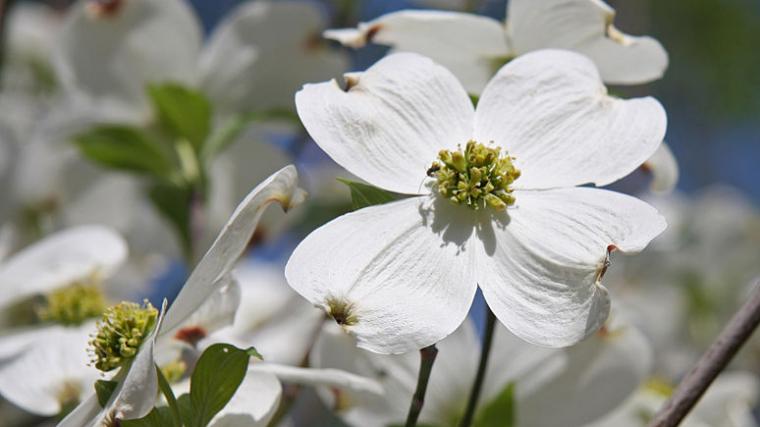
In a nutshell
“Plant corn when oak leaves are the size of a mouse’s ear.” “Plant peas when the forsythia blooms.” These adages emerged because plant condition – leaf size, presence of flowers – can be strong indicators of recent local weather conditions.
A similar approach has been used to anticipate and control for southern pine beetles, a severe pest of all species of pine tree. Managers have traditionally used dogwood blooms as an indicator of when to set out traps, recognizing that dogwood flowering tended to coincide with the beetle’s springtime dispersal. Using observations contributed to Nature’s Notebook, researchers evaluated whether dogwood flowering is a good indicator of beetle activity.
In many of the locations evaluated in this study, dogwoods flowered several weeks after beetle emergence. If managers continue to place traps based on when dogwoods are in bloom, the primary window for trapping beetles will be missed. The researchers determined that dogwood flowering is not presently a strong indicator of southern pine beetle spring emergence, and the reason for this might be recent changes in climate conditions. Warmer springs can result in earlier springtime emergence in pine beetles. Conversely, warmer springs can delay flowering in dogwood, especially if the trees were not exposed to sufficient chill in the winter. These different responses may explain the lack of a relationship between dogwood and southern pine beetle activity.
What is special about this study?
Though managers have used dogwood flowering as a cue for when to set out traps, no one has recently evaluated how well this actually works as an indicator of beetle dispersal. Revisiting relationships like these that are used to guide the timing of management activities is an important activity in an era of rapidly changing climate conditions and uncertain plant and animal response.
What does this mean for YOU?
Changing climate conditions are impacting species in different ways. This is an example of species with historically coincident activity are responding differently. The cascading effects of differential changes such as this remain to be fully grasped.
Citation: Thomason, J.W., S. Clarke, and J.J. Riggins. 2021. Evaluation of phenological indicators for optimizing spring southern pine beetle (Coleoptera: Curculionidae: Scolytinae) trapping surveys. Florida Entomologist 103(4): 444-451. doi.org/10.1653/024.103.00405